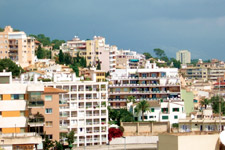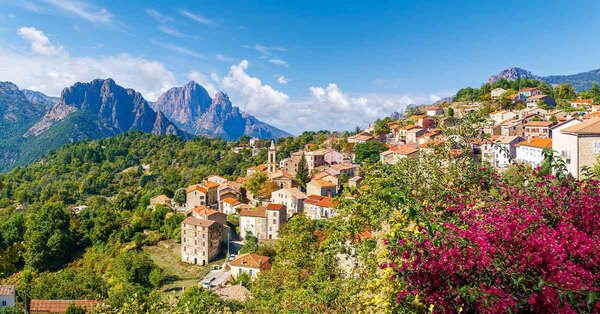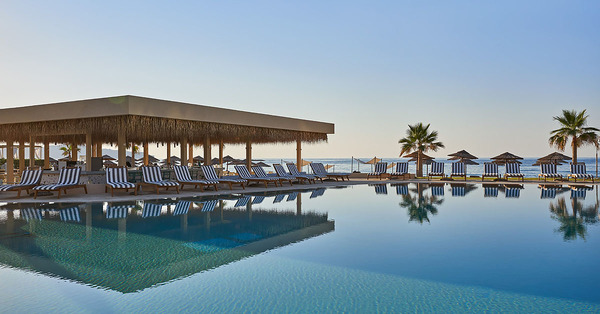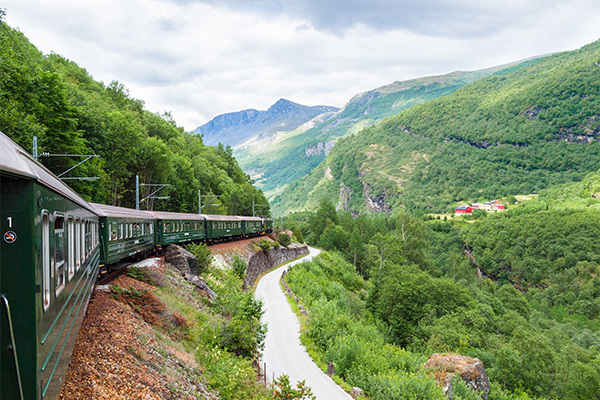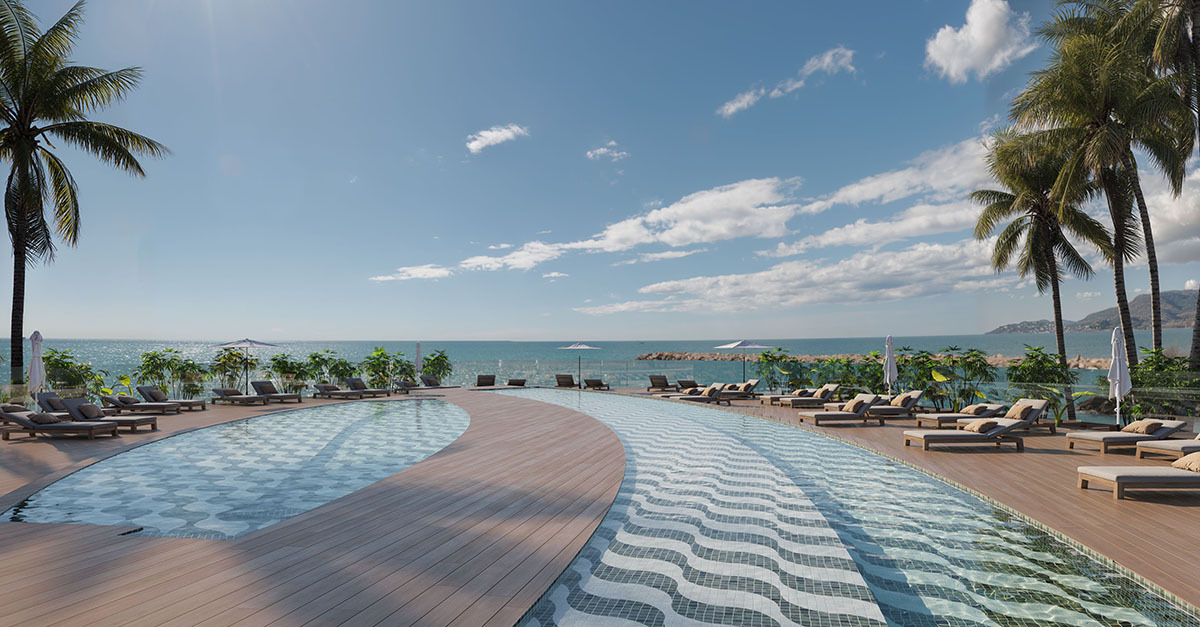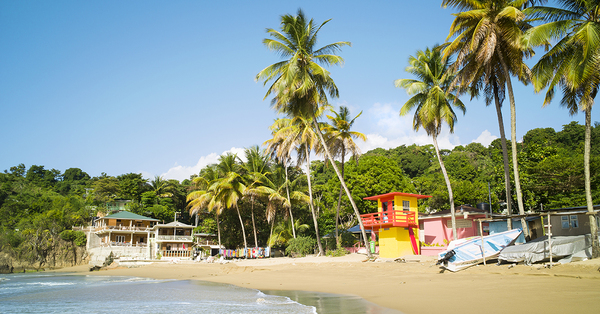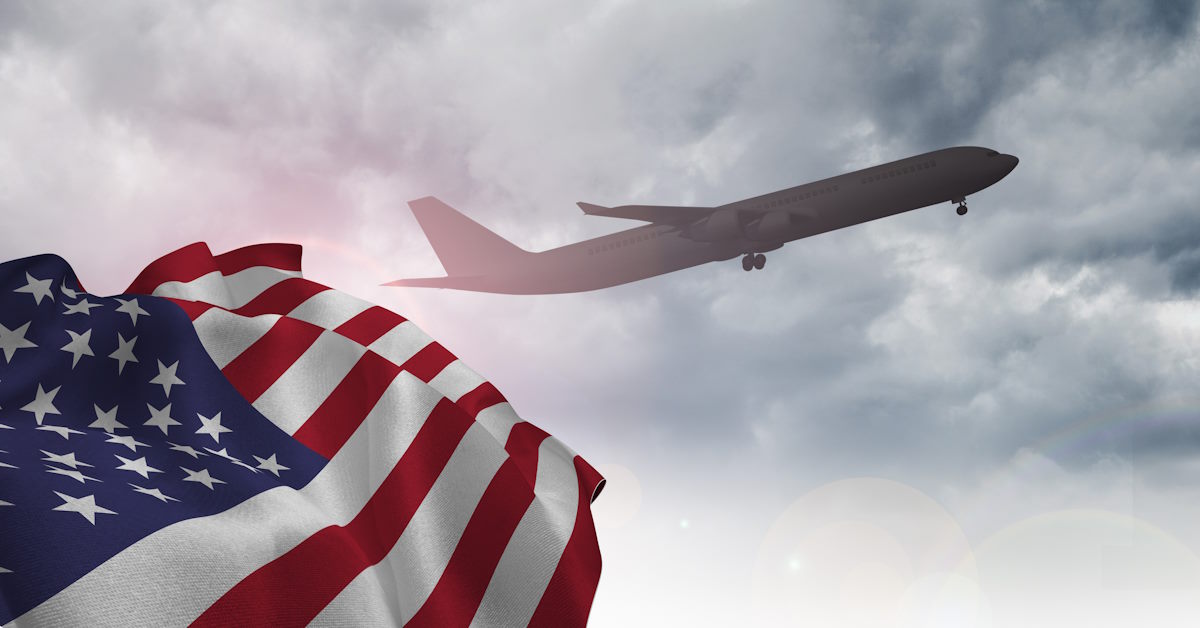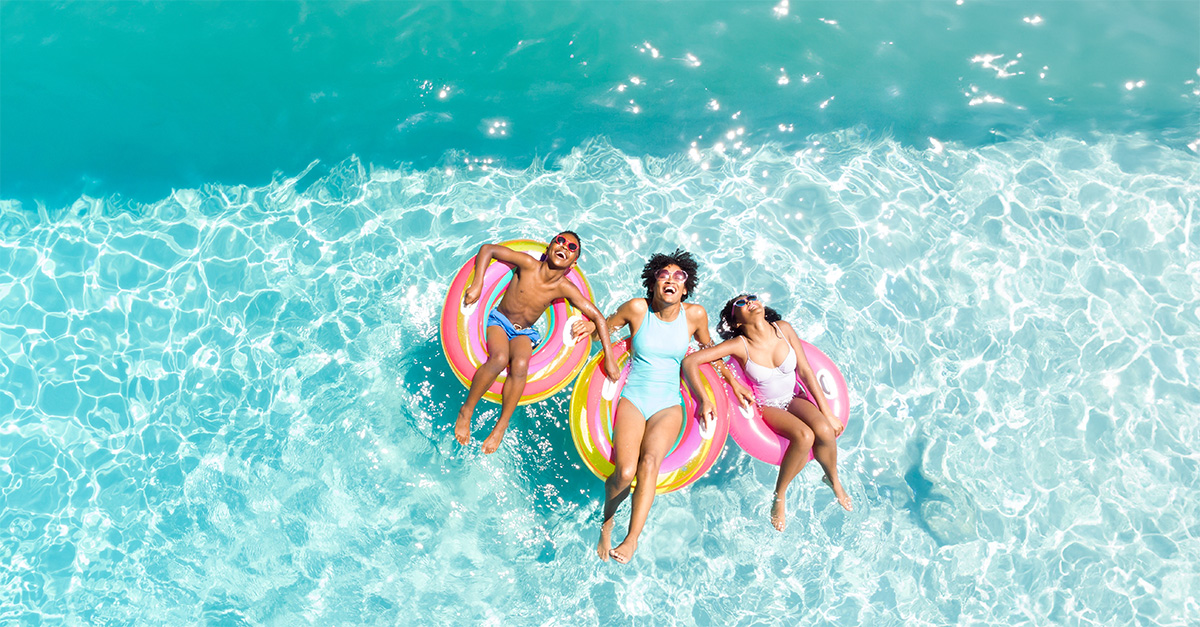You are viewing 1 of your 2 free articles
Spain: Majorca then and now
Take a beautiful island like Majorca, allow unbridled development and what do you get? Ma-jaw-ka.
As in “The water in Ma-jaw-ka, don’t taste like what it oughta.” That was the view of Majorca from the 1970s, when the slogan from a Heineken advert stuck like glue to the formerly exotic isle.
In a few short years Majorca morphed from Mediterranean idyll to package holiday inferno. It was not the first destination to suffer this fate and certainly won’t be the last.
But could Majorca recover and reinvent itself? There are a few examples – Benidorm looked tacky in the 1980s but benefited from a substantial makeover in the 1990s. Rimini in Italy has also made strides in ditching its downmarket image, as has Tenerife in the Canaries.
The tourism industry in Majorca seems to have achieved the impossible. A strong and committed regional government, a proactive tourist board and a commitment from the business community has seen the island recapture much of its former glory. Here we chart the rise and fall and rise again of a Mediterranean gem.
Majorca then
In the 1960s, my family used to book a villa just outside Cala D’Or. Our villa was just one of four perched high above an idyllic little beach called Cala Serena.
Package tourism was in its infancy and although resorts such as El Arenal and Palma Nova were catering to a fledgling mass market, Majorca was still considered to be something of an exotic destination.
Cala D’Or, as with many of the beautiful small bays that attracted tourists, was populated by well-heeled middle-class types and the bars, restaurants and hotels were run by ex-pat British alcoholics. While our parents indulged in the new world of fine wine and gourmet food, we teens headed off to Magaluf and Palma Nova for cheap Cuba Libras and other dubious pleasures.
By the early 1970s, Majorca had been colonised by drunken sunburnt Brits squabbling over sun beds with Germans in dreary package hotels. In the 1950s Errol Flynn wreaked havoc in Majorca’s bars and hotels; in the 1970s, lager louts followed in his footsteps but without any of his style.
At the height of the package boom in the 1970s, Majorca was attracting over two million British tourists a year, of which a staggering 38% were staying in one-star hotels. The island became synonymous with sangria, straw hats and stuffed donkeys, bulls and flamenco dolls.
My parents’ generation fled in search of undiscovered Spain, the Greek islands and the Caribbean, while we young Turks deserted our pleasure-filled playground for the hippy trail through Asia. Majorca was left at the mercy of the straw hat brigade.
Majorca now
After an absence of more than 20 years, I returned to Majorca in the new millennium. The changes that have taken place since the innocent early 1960s have been dramatic. Many of the ugly concrete biscuit-tin hotels have been demolished and replaced with smaller and more attractive properties.
The new wave of more discerning visitors have discovered there is much more to the elegant capital, Palma, than an airport. It’s now viewed as a ‘little Barcelona’; just without the pickpockets.
A number of small hotel groups has arrived and prospered. Doug Goodman is the UK representative for Reis de Majorca – an alliance of independently run manor houses and boutique hotels – and has visited the island nearly 200 times since 1970.
“Palma has become such a desirable city, easily manageable in a weekend,” he said. “There are great bars and restaurants and fantastic galleries, but it’s a real working city. The arrival of the boutique hotel and family homes to rent has had a big impact on the kind of visitor that Majorca attracts.”
Goodman’s view is born out by other specialist providers. Mallorca Farmhouses marketing director Solveig McNeill pointed out demand for high-specification, exclusive homes has never been higher. “Our luxury properties are already selling fast for 2008, with some villas nearly fully booked during the peak summer season.”
The island’s unique cuisine has consigned the beer ‘n’ chips image to the bin forever. Today, there are over 55 bodegas and numerous Michelin-starred restaurants.
Of course, Majorca has had some high-profile help in re-establishing its former image. Richard Branson’s former luxury hotel La Residencia, now owned by Orient-Express, has attracted some A-list celebs. Local residents Michael Douglas and Catherine Zeta Jones have given the island some welcome Hollywood glamour.
Sample packages
Kirker Holidays offers three nights’ bed-and-breakfast accommodation at the four-star Puro Hotel in Palma in March from £623 per person, including scheduled flights with BMI from Heathrow and transfers.
Classic Collection offers seven nights’ half-board accommodation at the five-star Hotel Bon Sol in Illetas from £626 per person in March, including scheduled flights on BMI from Heathrow and transfers.
Cosmos offers seven nights’ bed-and-breakfast accommodation at the five-star Hotel Port Adriano Marina Golf and Spa in Port Adriano from £819 per person, including flights with upgraded Monarch Plus and private transfers

